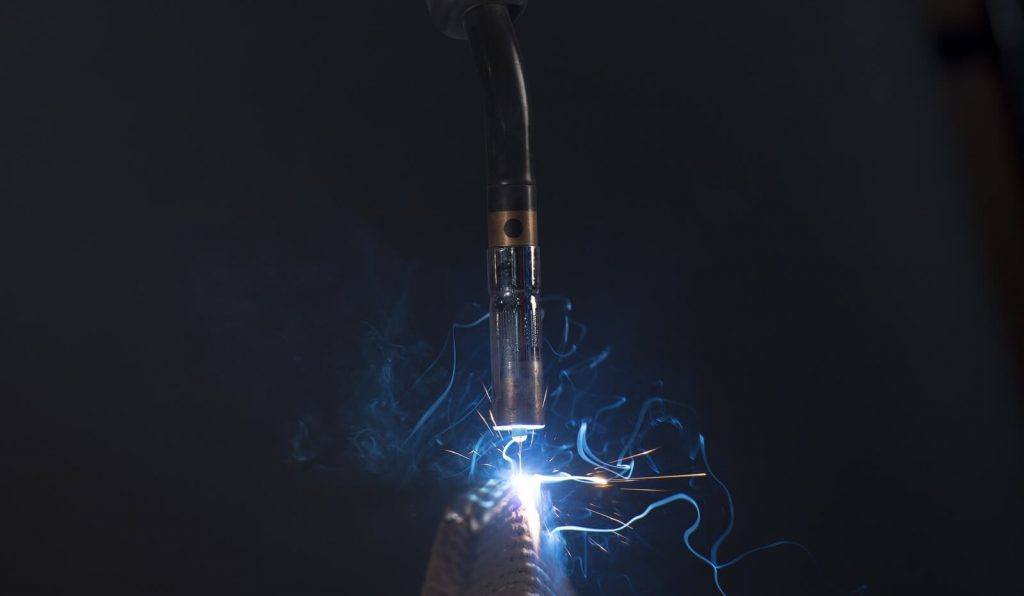Huisman, a worldwide provider and manufacturer of heavy construction equipment headquartered in the Netherlands, has announced the the first successful load test of a 3D printed crane hook.
For use in offshore lifting operations, the hook, which weighs approximately 1,000kg, was made using wire arc additive manufacturing (WAAM) – a method that is increasingly finding application in the maritime industry.
According to Huisam, the WAAM technique is a competitive match for traditional steel forgings and castings, and the company intends to research its potential for other complex, commercially infeasible components.

Wire feed and a plasma beam
WAAM is a method of metal 3D printing most closely related to a traditional welding process. As the name suggests, it takes a wire metal feedstock. This is then melted in successive layers using an electric arc plasma beam.
Since 2006, the UK’s Cranfield University has been a key driver for the development of WAAM in industry. There are however a number of other projects and companies around the world that have developed their own way of doing WAAM.
In the Netherlands, RAMLAB at Rotterdam’s Innovation Dock is well known for its WAAM process, used to make the famous Damen Shipyards WAAMpeller.
Robotic arms used in RAMLAB’s WAAM are provided by Valk Welding, another Dutch company that has also worked with Huisman in the past.

Worth its weight in gold
Huisman’s 3D printed crane hook is made from a high grade tensile steel. In a load test, the hook proved that it was capable of carrying up to 80 metric tonnes, the equivalent of 80,000 kilograms, and passed all of Huisman’s stringent quality control checks.
The company states, “The positive WAAM test results enable Huisman to manufacture reliable components that were physically impossible or commercially infeasible to produce before.”
The next step is to up the 3D printed weight of the hooks to 2,500kg, enabling them to lift even heavier loads.
Huisman adds, “An important benefit for larger crane hooks is the significant reduction in delivery time at a cost that competes with forgings and castings, and a more consistent level of quality,”
“…WAAM can be used for crane hooks, but also allows Huisman to manufacture other components with complex shapes.”
Never miss a story again – subscribe to the 3D Printing Industry newsletter, follow us on Twitter, and like us on Facebook here.
Nominate the best additive manufacturing applications the 2018 3D Printing Industry Awards here.
Featured image shows 80 metric tonne load test of Huisman’s WAAM 3D printed crane hook. Photo via Huisman



